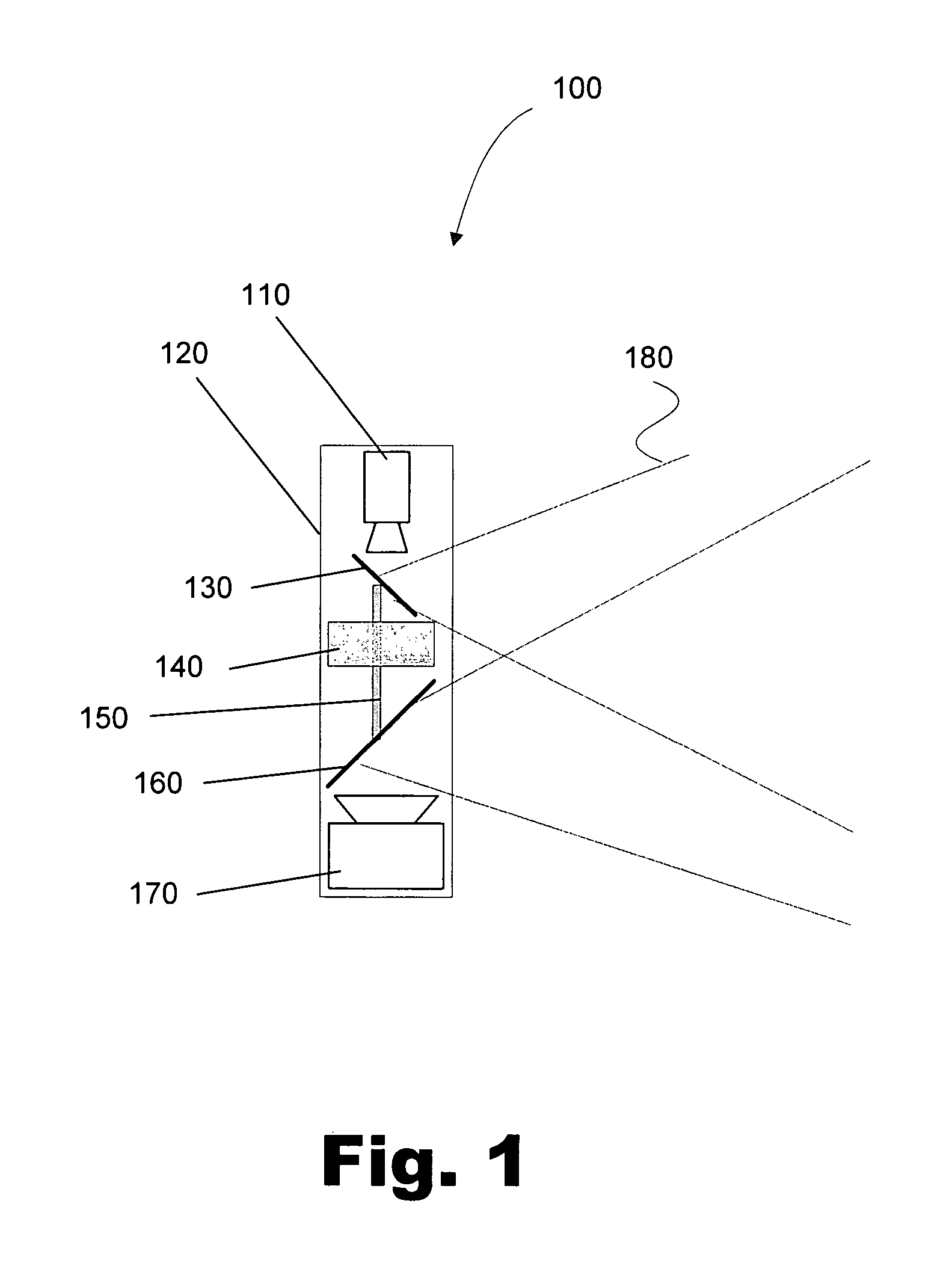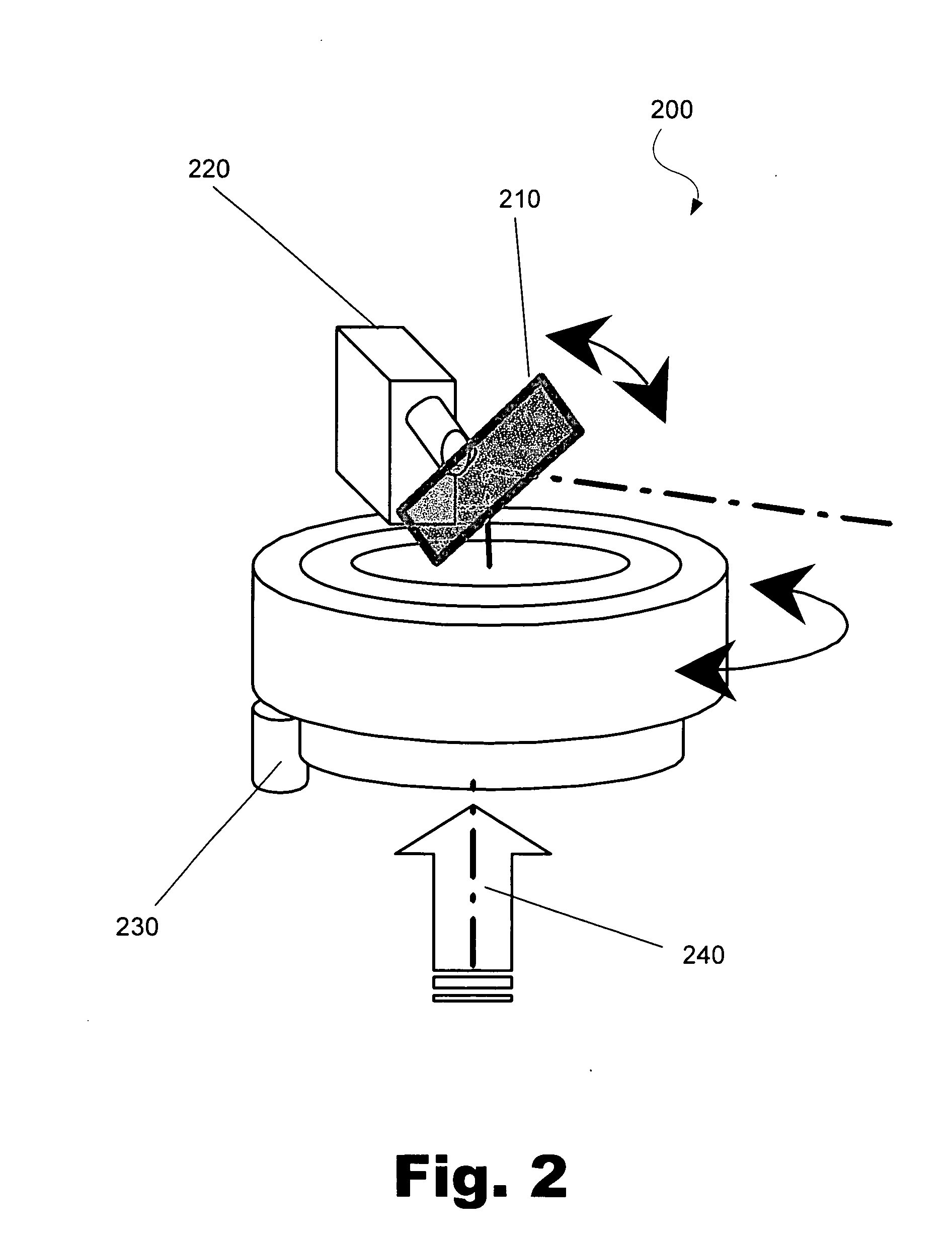System and a method for a smart surveillance system
a surveillance system and smart technology, applied in the field of imaging mechanisms, can solve the problems of increasing complexity, providing a limited field of view, and relatively expensiv
- Summary
- Abstract
- Description
- Claims
- Application Information
AI Technical Summary
Benefits of technology
Problems solved by technology
Method used
Image
Examples
Embodiment Construction
A number of exemplary systems, methods, and applications for utilizing a smart surveillance system are disclosed herein. More specifically, the present system and method relate to devices and methods that control a reflective material (mirror) to adjust the optical path of one or more substantially stationary optical sensors. By controlling the orientation of the reflective material rather than varying the position of the optical sensor, the present surveillance device has lower power requirements, a reduced size, and reduced weight when compared to traditional surveillance devices. A number of exemplary embodiments, optical surveillance configurations, and control and integration protocol are described in further detail below.
As used in the present specification and the appended claim, the term “optical sensor” is meant to be understood broadly as any sensor configured to detect variations in optical light waves. The optical light waves may be present in any spectrum including, bu...
PUM
 Login to View More
Login to View More Abstract
Description
Claims
Application Information
 Login to View More
Login to View More - R&D
- Intellectual Property
- Life Sciences
- Materials
- Tech Scout
- Unparalleled Data Quality
- Higher Quality Content
- 60% Fewer Hallucinations
Browse by: Latest US Patents, China's latest patents, Technical Efficacy Thesaurus, Application Domain, Technology Topic, Popular Technical Reports.
© 2025 PatSnap. All rights reserved.Legal|Privacy policy|Modern Slavery Act Transparency Statement|Sitemap|About US| Contact US: help@patsnap.com



